15 Toys Parents Regret Buying the Moment They Get Home
Selecting the perfect toy for your child can be challenging, as some toys, despite their enticing packaging and promises, quickly lead to regret. Common issues include excessive noise, safety concerns, and mess, which can make the toy less enjoyable for both parents and children. Understanding these potential pitfalls can help in making more informed choices.
1. Noisy Electronic Toys
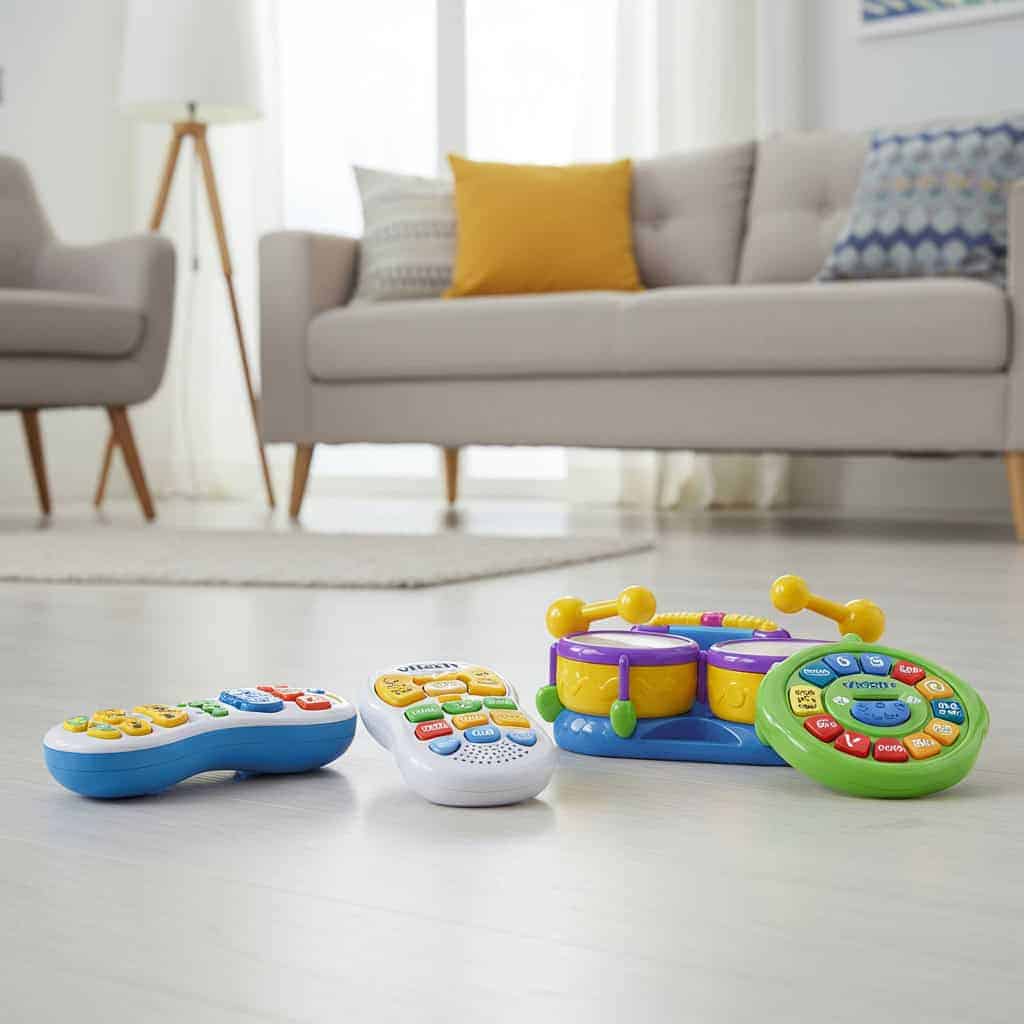
Electronic toys that blare repetitive sounds and songs at high volumes can quickly test a parent’s patience. Popular toys with batteries, such as talking dolls and drum sets, are notorious for causing headaches and disrupting peace at home. For instance, the VTech Click & Count Remote has been described as having a “Hi, I’m turned on” warning shot that barks in a voice which is neither male nor female, adult or child. Similarly, the Fisher-Price Laugh & Learn to Play Puppy has been noted to cry “Hug me!” randomly in the dark, with a voice that can be unsettling. These examples highlight the potential for such toys to become sources of annoyance rather than enjoyment.
2. Glitter Craft Kits
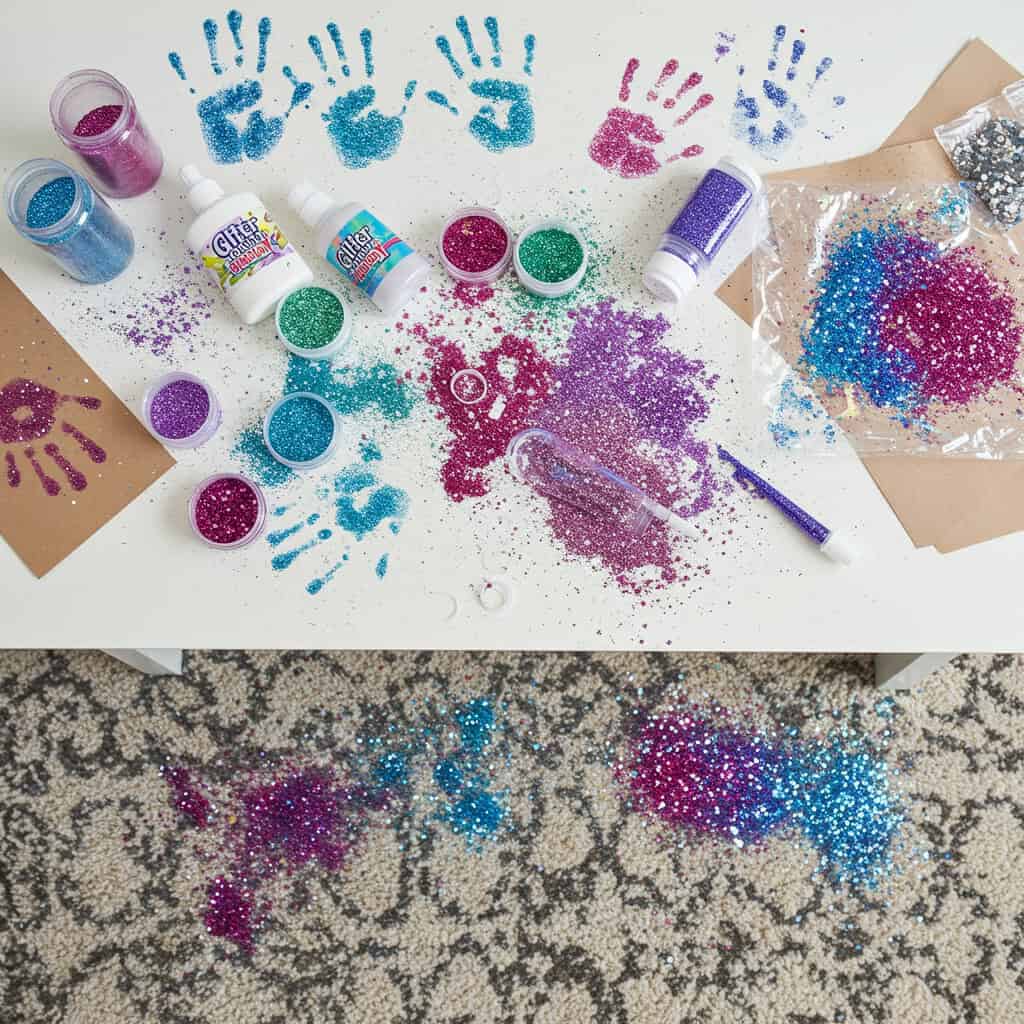
Glitter craft kits, while promising creativity, often lead to lasting messes. The fine glitter particles embed themselves in carpets, clothes, and even food, making cleanup a daunting task. As noted by HGTV, glitter’s static charge causes it to spread quickly, adhering to various surfaces and making removal challenging. (hgtv.com) Similarly, a parent recounted that glitter glue spilled on the floor led to footprints in the carpet and handprints on walls, with traces of glitter found for years. These experiences highlight the anxiety and frustration that can accompany the cleanup of glitter-infused craft projects.
3. Slime and Putty
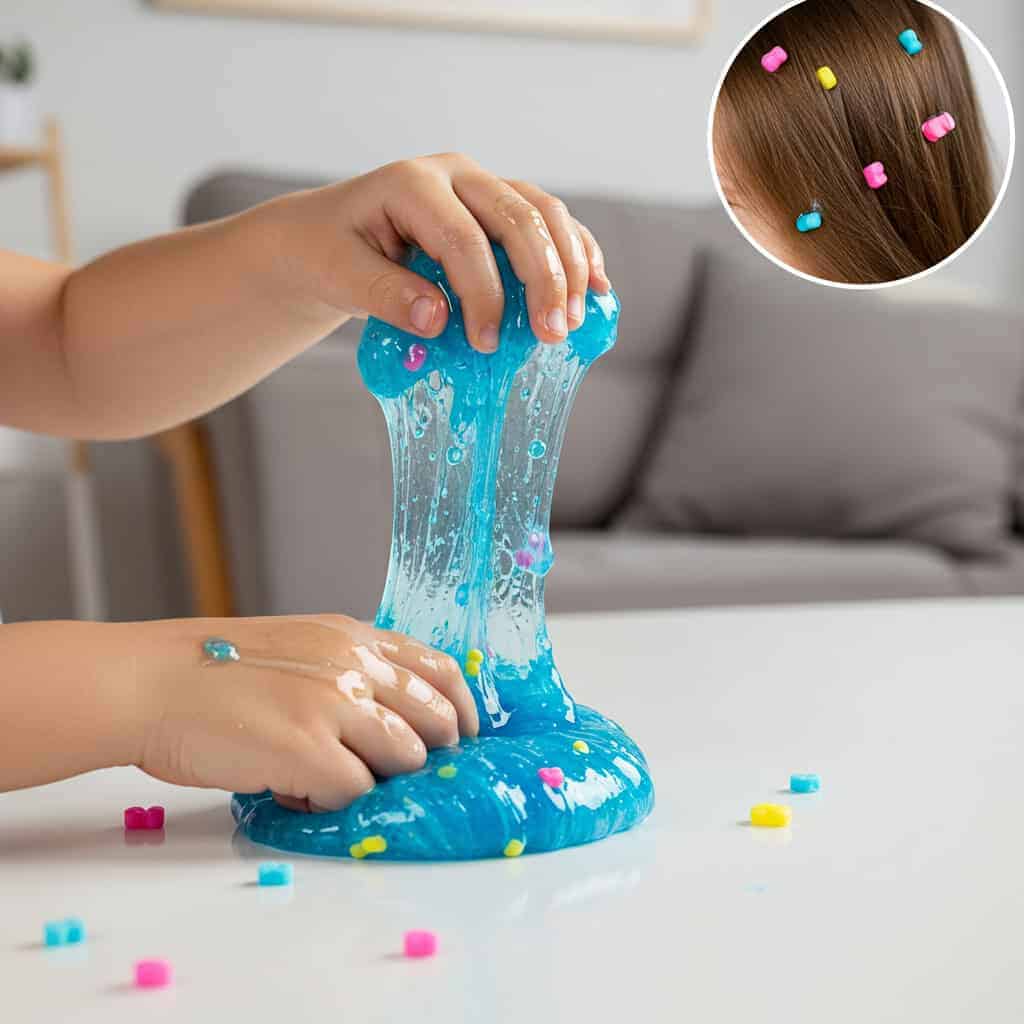
Slime and putty toys, celebrated for their tactile appeal, often lead to unexpected messes. These substances can cling to sofas, hair, and bedspreads, causing frustration for parents. For example, Kmart’s Slimy Super Brain Putty has been reported to become stuck on clothes, hair, and furniture, leaving parents searching for effective removal methods. (au.lifestyle.yahoo.com) Similarly, a parent recounted that slime found its way into their son’s hair, requiring a bath and combing to remove. (lyonessandcub.com) Such experiences highlight the challenges of cleaning up after playtime with these toys.
4. Battery-Devouring Remote-Control Cars

Remote-control cars, while offering dynamic play, often require a constant supply of batteries. High-energy use, combined with frequent malfunctions, leaves adults wishing for a more low-tech option. For instance, issues like motor overheating can occur due to prolonged use or blocked vents, leading to reduced performance and potential damage. (exbonzai.com) Additionally, steering problems may arise from misaligned servos or damaged components, affecting maneuverability. (rcsphere.com) These challenges can make the maintenance of such toys more demanding than anticipated.
5. Tiny Building Blocks
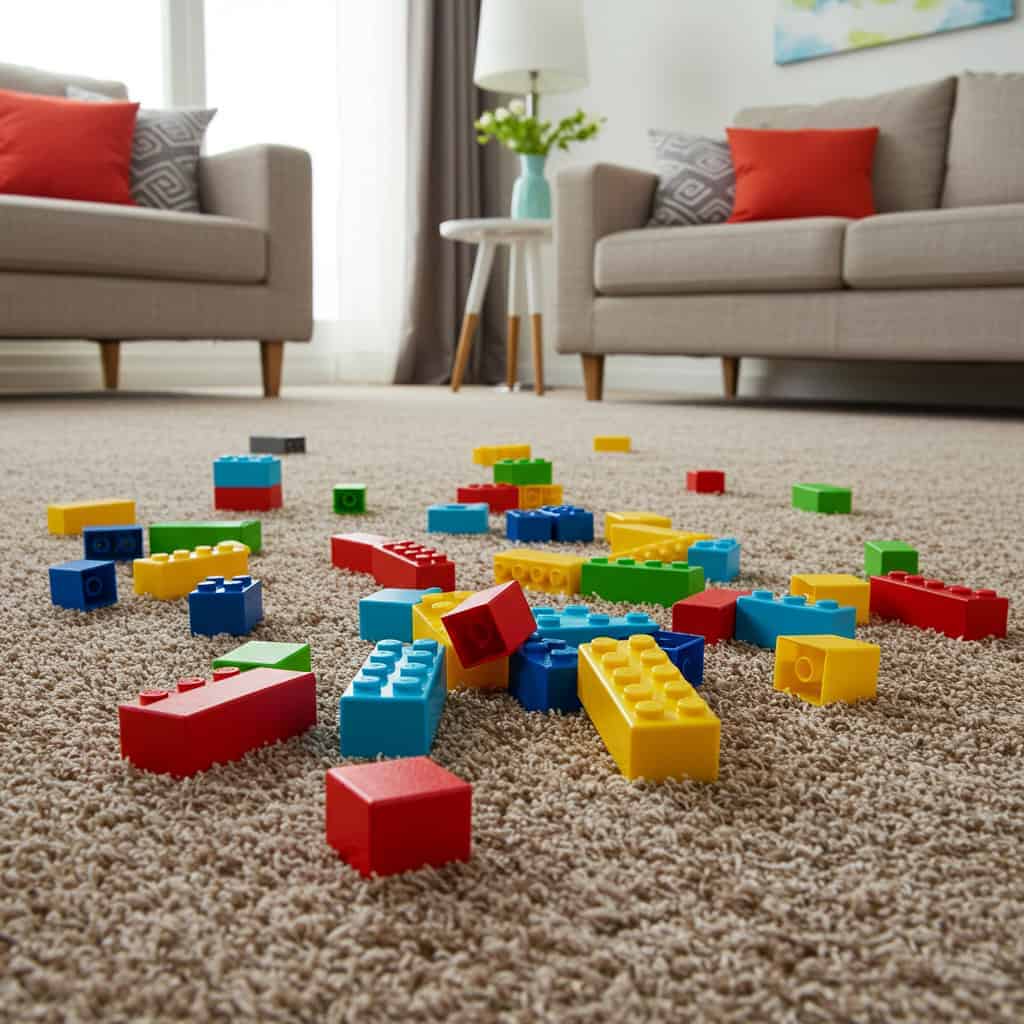
Miniature building blocks and sets with numerous small pieces can easily get lost or vacuumed up, posing a choking hazard for younger siblings. These tiny components often result in painful encounters underfoot long after playtime ends, as they tend to lodge themselves in carpets and hard-to-reach areas. The small size and sharp edges of these pieces can also make them difficult to clean up completely, leading to ongoing discomfort and potential safety concerns within the household.
6. Oversized Stuffed Animals
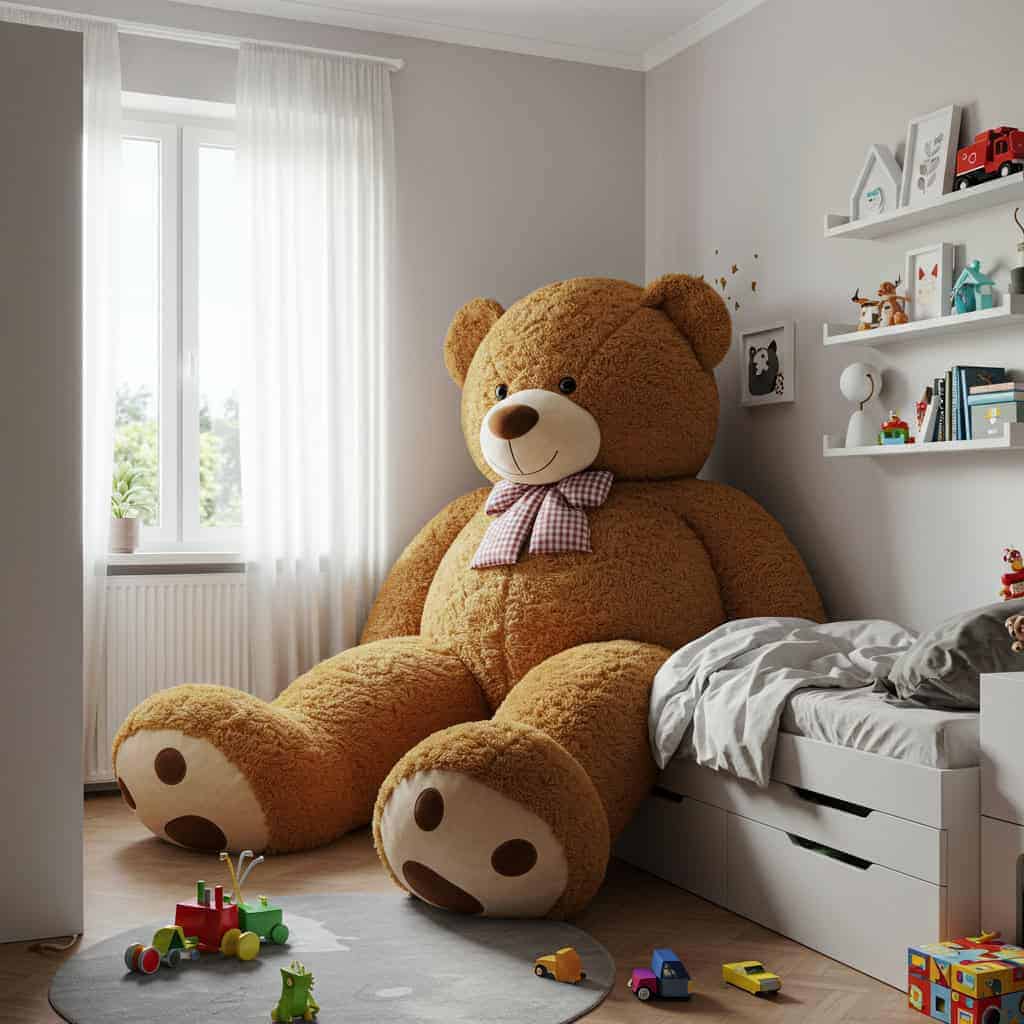
Giant plush toys may initially impress with their cuddly appeal, but they often occupy significant floor or bed space, leading to cluttered living areas. Their bulkiness complicates cleaning and storage, and they are nearly impossible to wash or move, making maintenance challenging. Additionally, the production and disposal of these large toys can have environmental impacts, as they often involve synthetic materials and contribute to waste. (plushstore.com)
7. Loud Musical Instruments
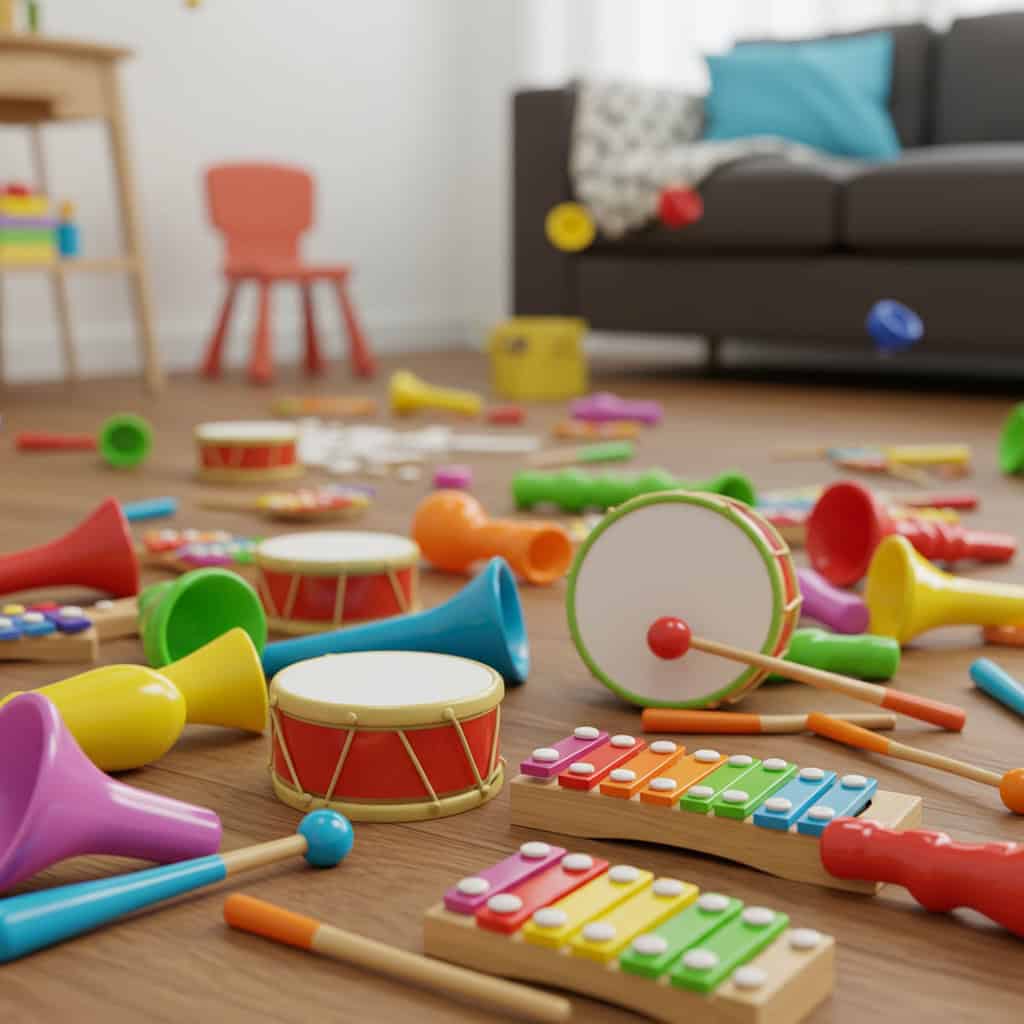
Toy drums, trumpets, and xylophones are designed to inspire musical interest in children. However, these instruments often produce a cacophony of sound that can lead to household noise complaints. For instance, certain toy guitars have been measured at 117 decibels, which is louder than a chainsaw and can risk hearing damage in about 10 minutes of exposure. (hearingreview.com) Such noise levels can make parents long for quieter pastimes and more peaceful home environments.
8. Complicated Board Games
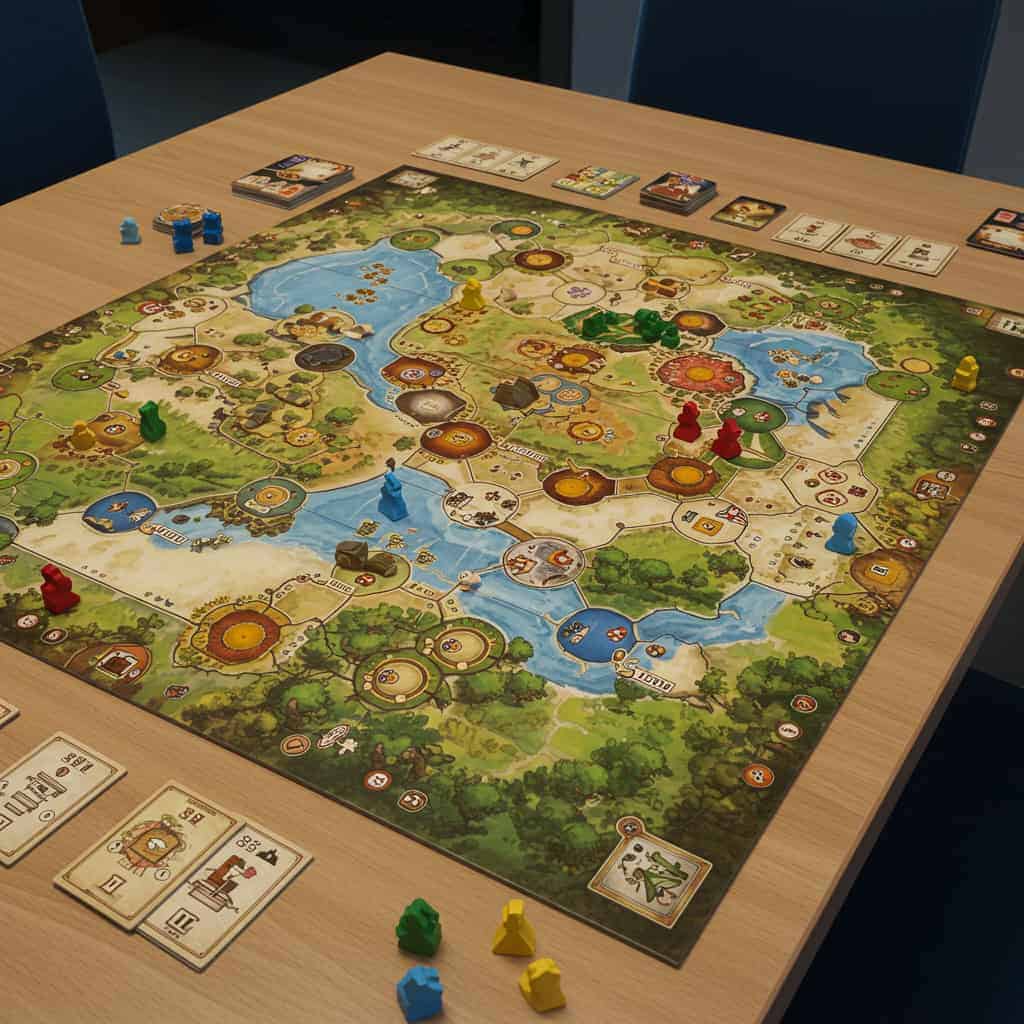
Board games with intensive rules and countless pieces, such as elaborate strategy games, can quickly overwhelm young players. For instance, *Agricola* is renowned for its complex mechanics and steep learning curve, which may not be suitable for children. (en.wikipedia.org) Similarly, *Risk* is a strategy game that can be lengthy, requiring several hours to multiple days to finish. (en.wikipedia.org) These games often lead to young kids losing interest rapidly, while adults find themselves spending more time on setup and cleanup than actual play.
9. Messy Art Sets
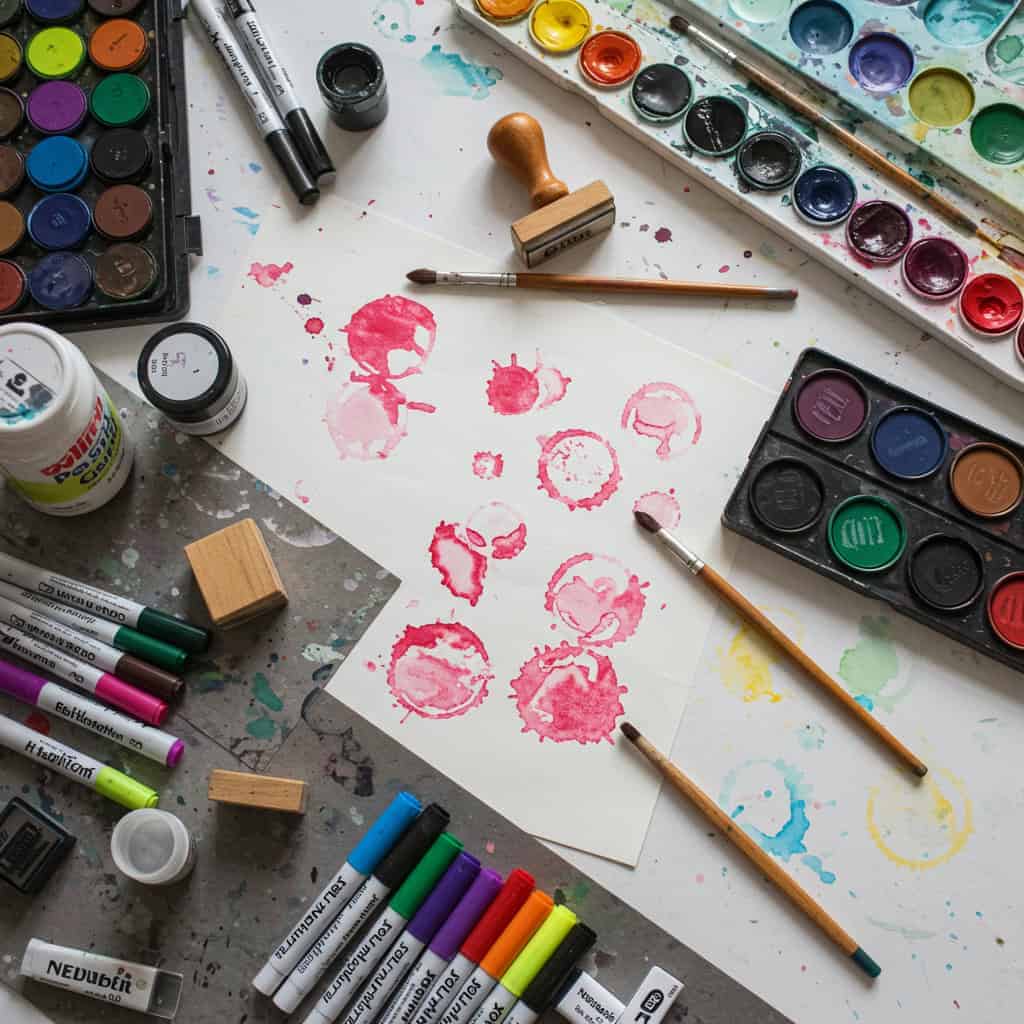
Arts and crafts sets featuring paints, markers, or stampers can easily stain surfaces and skin, leading to unintended messes. For example, Crayola’s Color Wonder products are designed to be mess-free, with colors that only appear on special Color Wonder paper, preventing stains on skin, clothes, or carpets. (crayola.com) However, traditional art supplies without such features can result in splattered paint and permanent marker accidents, making cleanup a challenge and sometimes leading to stained clothing or furniture.
10. Expensive Collectible Toys
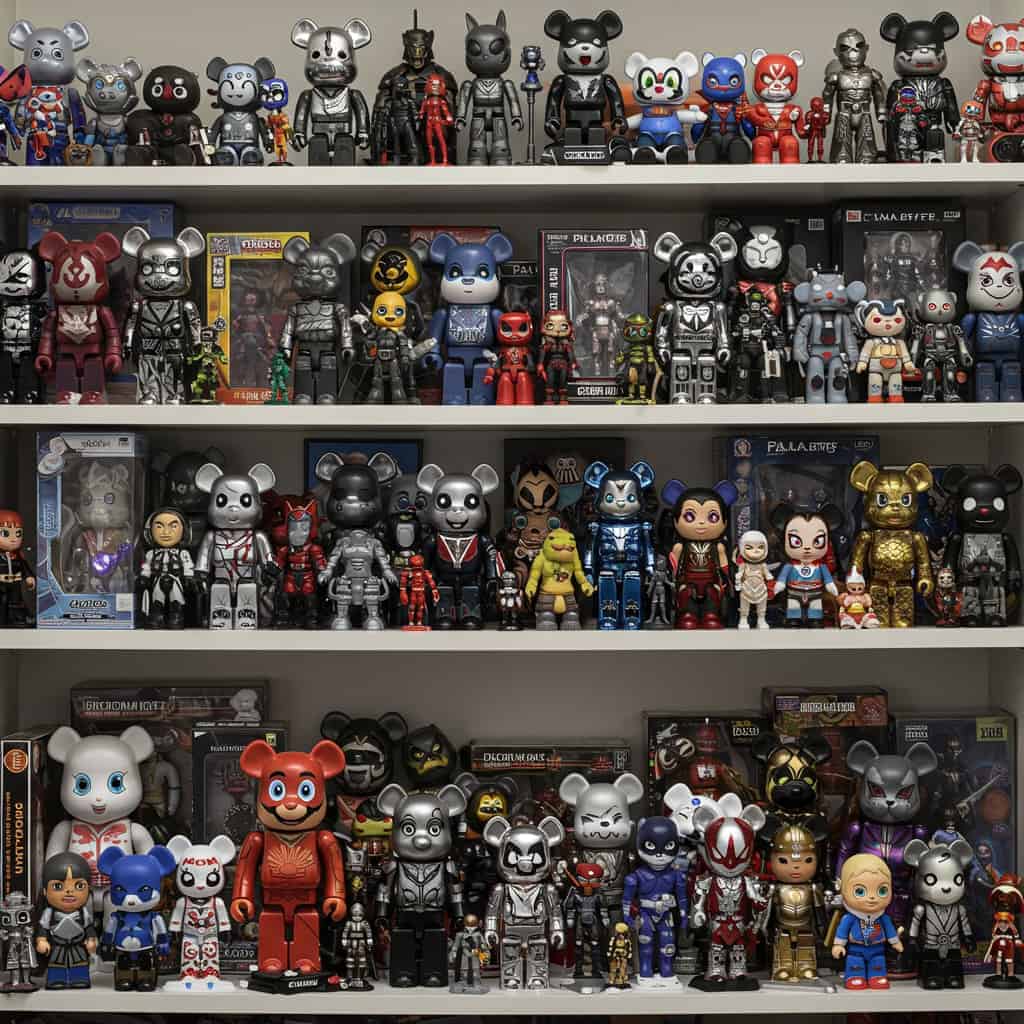
Expensive collectible toys, such as limited-edition action figures and franchise plushies, often lead to constant requests for more, placing a financial burden on parents. The pressure to complete sets can be overwhelming, and these toys frequently end up on shelves, untouched. Research indicates that children with numerous toys may experience overstimulation, leading to shorter attention spans and less creative play. (studyfinds.org) Additionally, the pursuit of rare collectibles can foster materialistic values and a sense of entitlement in children. (rosycheeked.com)
11. Toys with Sticky Residue

Items like sticky wall crawlers and hand-shaped slap toys can leave residue on walls and windows, leading to routine cleanup chores. For example, the Liberty Imports 72 Pack Sticky Stretchy Wall Climbers are designed to stick to various surfaces, but they can leave behind a sticky film that requires cleaning. (amazon.com) Similarly, the JOHOUSE Sticky Man set is intended for fun, but users have reported issues with residue buildup. (amazon.com) The fun of tossing them quickly fades when residue cleanup and stuck-on messes become a routine chore.
12. Toys with Excessive Packaging
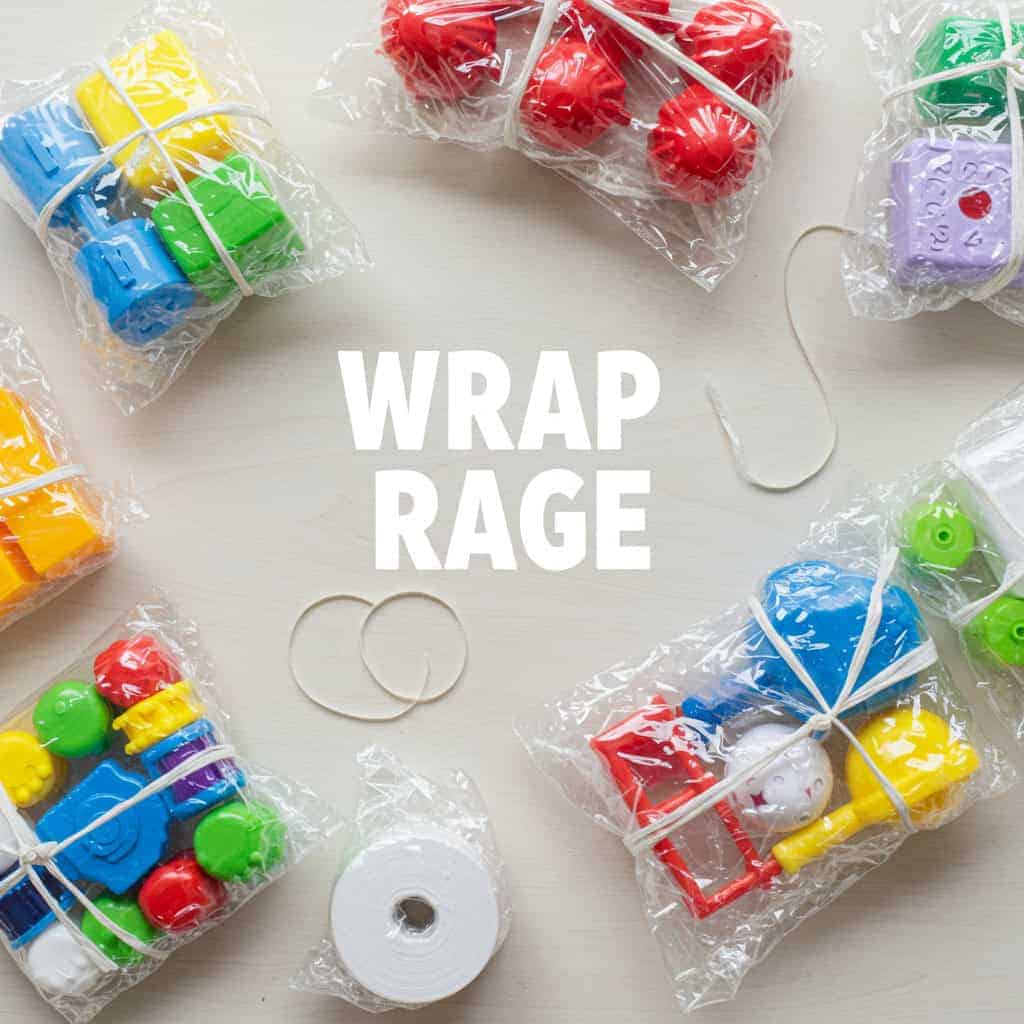
Unboxing toys encased in endless layers of plastic and twist-ties can be a frustrating experience. This phenomenon, known as “wrap rage,” involves heightened levels of anger and frustration resulting from the inability to open packaging, particularly hard plastic blister packs and clamshells. (en.wikipedia.org) Consumers often find themselves battling through excessive packaging, leading to increased waste and environmental concerns. A survey by DS Smith revealed that 41% of consumers felt packages were too big for the products being shipped, and 29% noted excessive filler materials. (packaginginsights.com) This not only wastes resources but also diminishes the excitement of accessing a new toy, turning the unboxing process into a chore rather than a delight.
13. Popular Trend Toys (Fidget Spinners, Pop-Its)
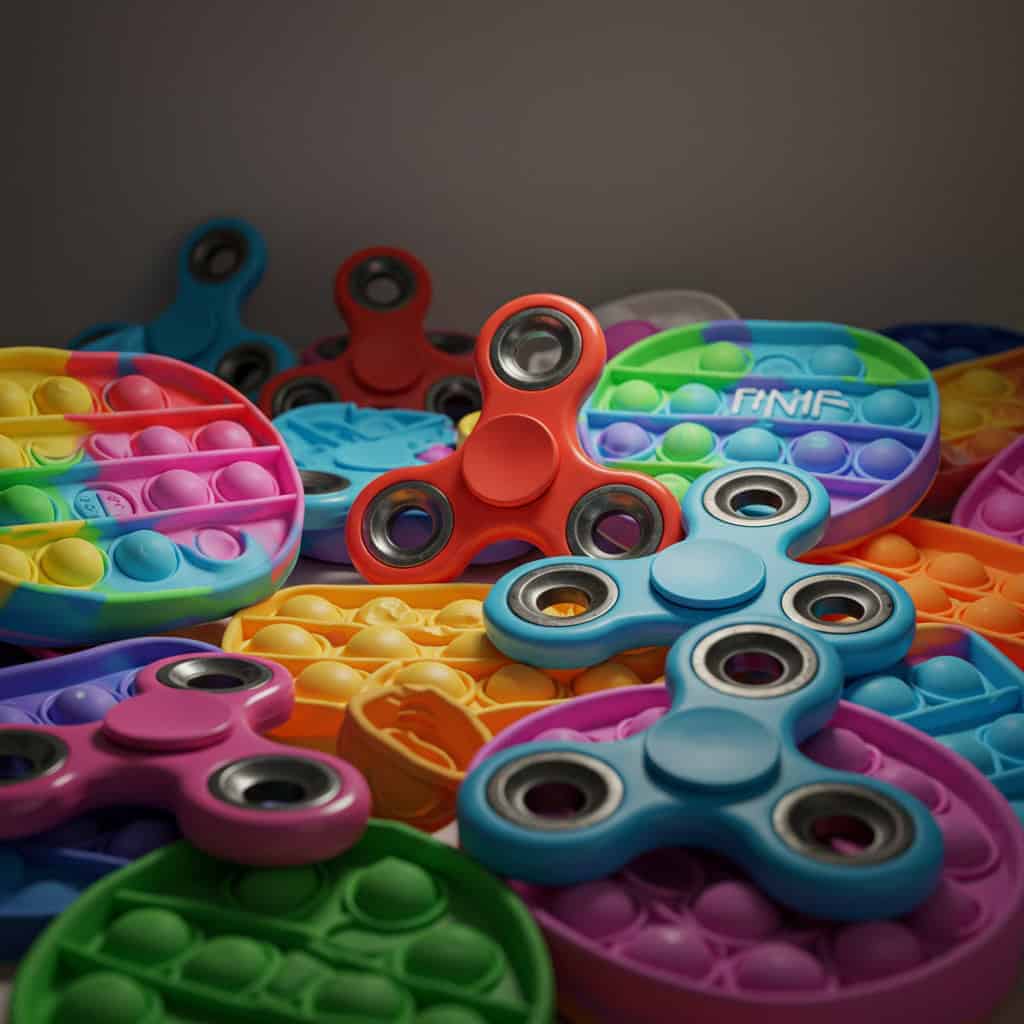
Viral toys like fidget spinners and Pop-Its often captivate children, but their appeal is typically short-lived. Fidget spinners, which gained immense popularity in 2017, experienced a rapid decline in demand by 2018, leading to excess inventory and a shift in consumer interest. (en.wikipedia.org) Similarly, Pop-Its, introduced in 2019, saw a surge in popularity during the COVID-19 pandemic but faced a decline as the novelty wore off. (en.wikipedia.org) These trends highlight how quickly children’s interests can shift, leaving parents with unused toys that clutter drawers.
14. Cheap Plastic Toys from Party Bags
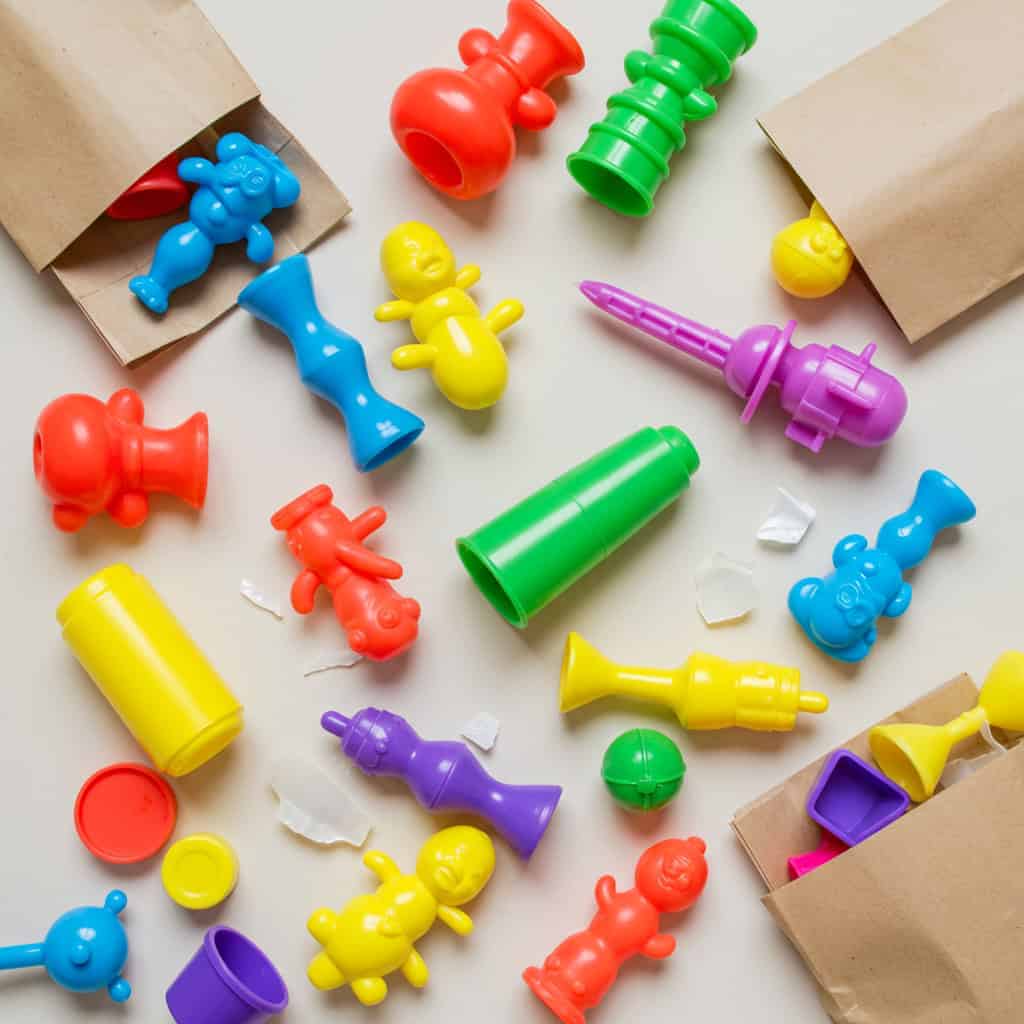
Flimsy toys commonly included in party favors or as prizes often break minutes after use, contributing to plastic waste and offering little entertainment or value. The toy industry is the most plastic-intensive globally, with 90% of toys made from plastic, much of it unrecyclable. (whimsyartclub.com) These single-use items are typically discarded quickly, adding to environmental pollution. For instance, in the UK, 320 million plastic toys are thrown away every year, leading to significant waste. (timeless-toys.co.uk)
15. Toys with Annoying Repetitive Phrases
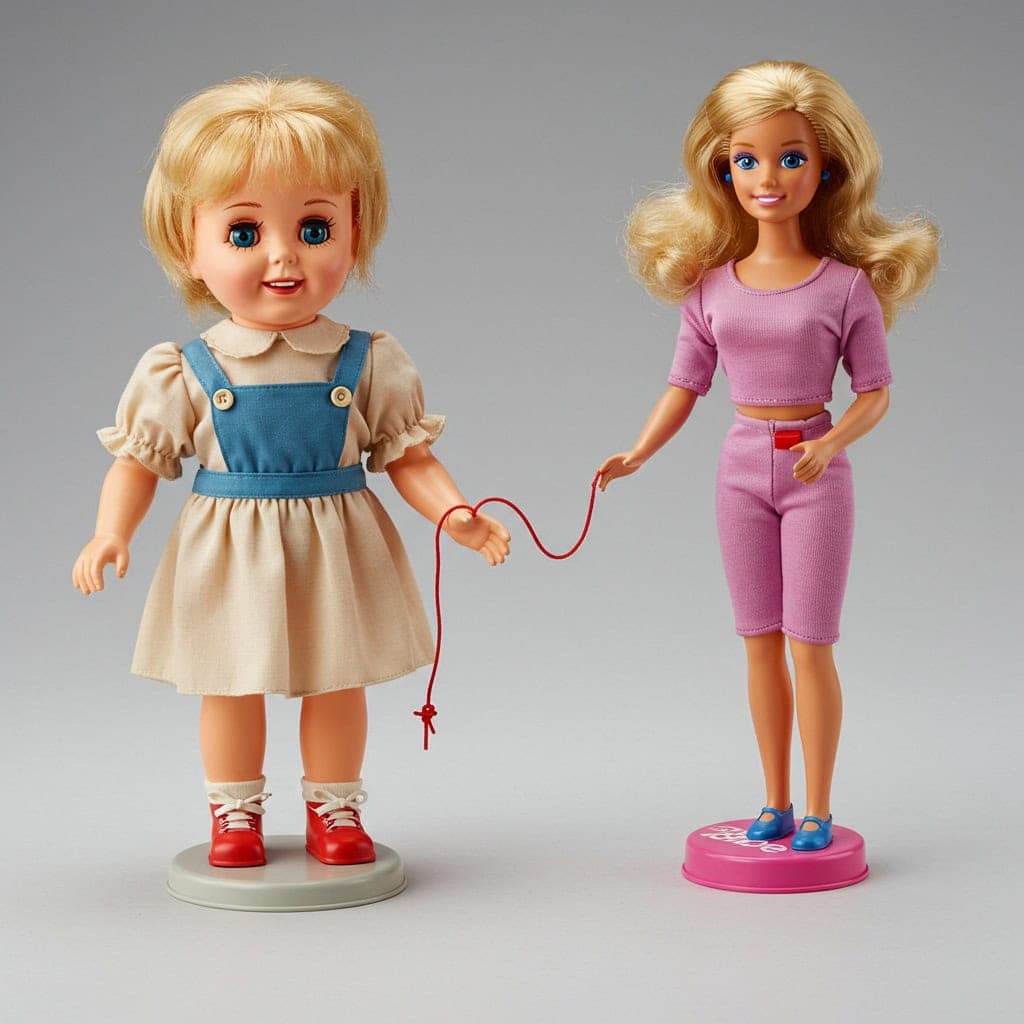
Toys like talking dolls or action figures that repeat the same catchphrase at every button press can quickly become sources of frustration. For example, the Chatty Cathy doll, introduced in 1960, was designed to say one of eleven phrases when its string was pulled. (en.wikipedia.org) Similarly, the Teen Talk Barbie, released in 1992, was programmed to speak one of four randomly selected phrases when a button was pressed. (en.wikipedia.org) While these features were innovative at the time, the novelty often wears thin almost instantly, replaced with muted frustration at hearing the same sound again and again.
Wrap Up: Lessons in Toy Purchases
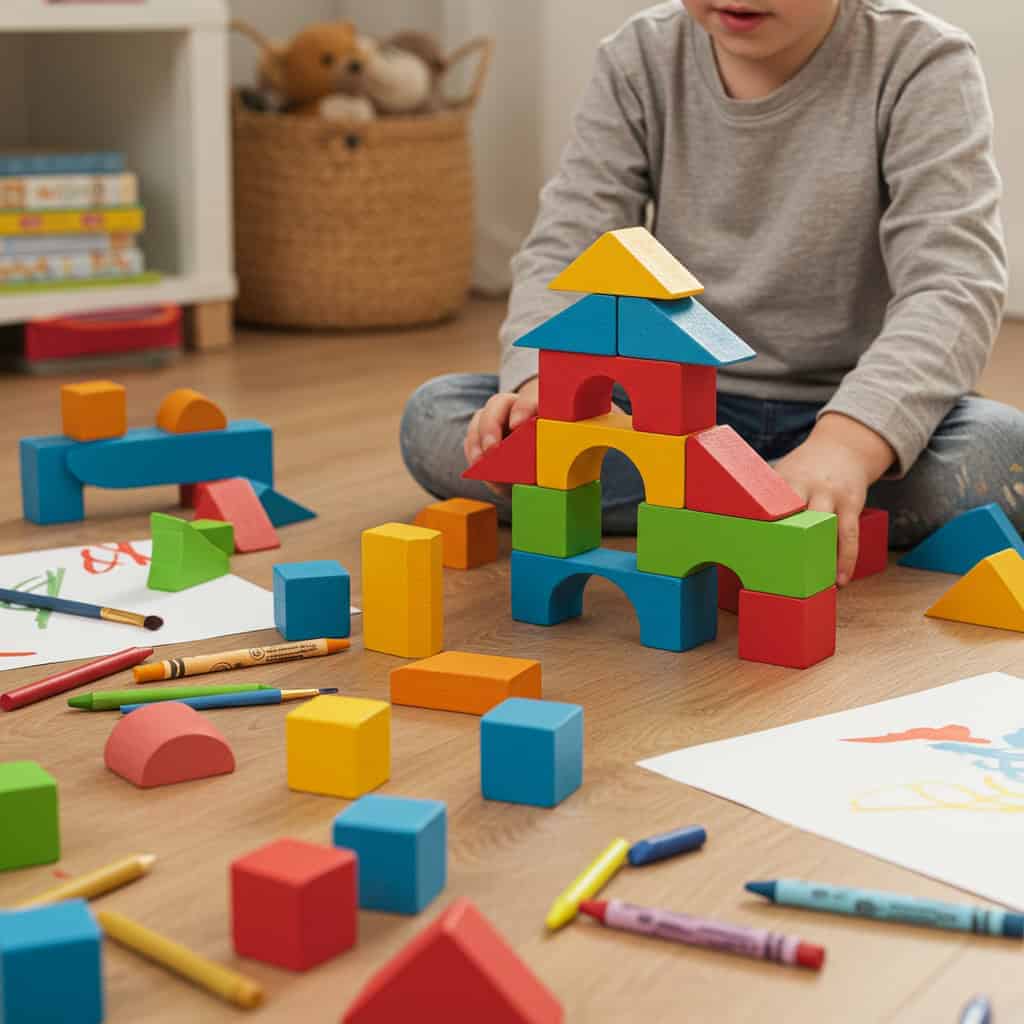
Reflecting on the toys that often lead to regret, it’s clear that mindful selection is key. Prioritizing durable, open-ended toys can provide lasting value and foster creativity. Open-ended toys, such as building blocks or art supplies, offer limitless possibilities for imaginative play, encouraging children to invent their own games and stories. (magnatiles.com) These toys adapt to a child’s developmental stage, ensuring prolonged engagement and reducing waste. Before making a purchase, consider the toy’s durability, ease of cleanup, and its potential to genuinely engage your child’s interests, ensuring it contributes positively to daily life.
.article-content-img img { width: 100% }




